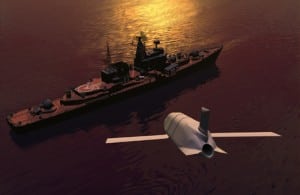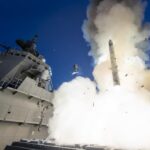
Britain’s BAE Systems started producing the sensor technology for the Long Range Anti-Ship Missile (LRASM) after winning a $40 million order from prime program contractor the Lockheed Martin [LMT], the company said Wednesday.BAE’s advanced mid-course sensor, sometimes called a “seeker” according to a company spokesman, allows the missile to seek and target specific maritime targets within larger groups of ships, even when protected by “sophisticated ant-aircraft system” the company said.The LRASM is a precision anti-ship standoff missile based on the…

 By
By 











